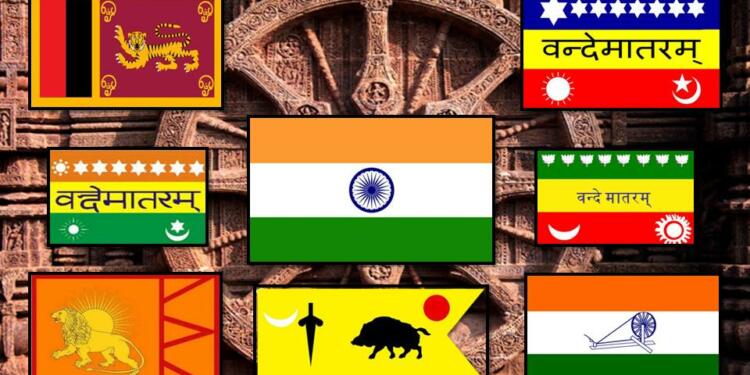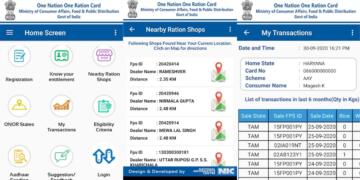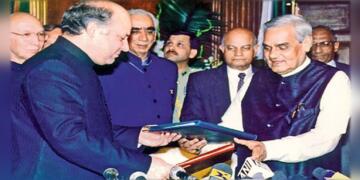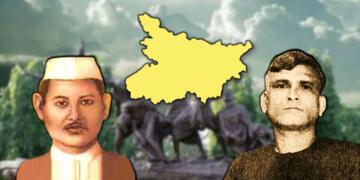When the concept of society started to develop and people were grouping according to their aligned clans, to develop the common consciousness of a particular clan, a symbol in the form of a flag was accepted. Flags are the pictorial representation of the character of a kingdom, state, nation, or organization. It assimilates the history, polity, cultural and civilisational nature of a group. The symbol and colour it carries signify the sentiments and sacredness of a civilization.
From Ramayana to Mahabharat and Gupta to Chola, for centuries, flags have played a significant role in traditional war and diplomacy. As the Bharatvarsha evolved, from small clans to dynasty-ruled kingdoms and from imperial colonies to a nation-state, the history of the evolution of flags has been fascinating. As history moved, the colour and symbol of a flag also evolved. We can understand the mass killings, change of king and kingdom, ruler’s character, nature of society, and foreign attacks by simply reading the history of a flag. The symbol and colour of a flag speak louder about history than written history. Today we will trace the true history of Bharatvarsha by understanding the evolution of the flags.
Bhagwa Dhwaj on Arjun’s Rath
The history of Indian Civilization has been the history of courage. Indian literature and culture have always accepted bravery on the battlefield. Although the whole Pandava Sena had the Bhagwa Dhwaj on their chariot, the flag of Arjun was different. On Arjun’s chariot, the Bhagwa Dhwaj with a picture of Hanuman marked the valour and bravery of the warrior. His courage on the battlefield became the trademark of the Bhagwa Dhwaj and for centuries, the flag represents victory and courage. ‘Bravery and spirituality of the truth.’ Also for Santanis, the Bhagwa Dhwaj became the symbolic representation of its greatness.
Later on, when wars became frequent to dominate a region of rule in ancient times, every kingdom started to represent their army with the formal adoption of patakas, flags, or dhwajas. When India was politically united under the Maurya Empire, Chankya devised the dhawajs and patakas concept to signify the length and breadth of their rule. With different symbols like Garuda, Varaha, Naga, Mayura, or Mrudangam, a flag with a different combination of Bhagwa was adopted.
In the southern Sangam kingdom, the dominating dynasty of Chera, Chola, and Pandya also signified their rule with different combinations of colours and symbols in their flags. The Cholas, which was the longest-serving kingdom in South India, adopted the tiger in their Bhagwa flag and expanded their territory beyond the Bay of Bengal. Similarly, the Cheras with an arrow and bow and the Pandyas with fish adopted the Yellow flag representing their kingdom.
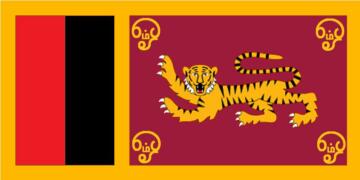
After that, every Hindu icon, from Chhatrapati Shivaji Maharaj to Raja Krishnadev Rai, from Guru Gobind Singh to Maharaja Ranjit Singh, and from Swami Vivekanand to the modern Santani followers, represent themselves proudly with Bhagwa and associated colours like Yellow. It carries the eternal history of Hindus and their pride.
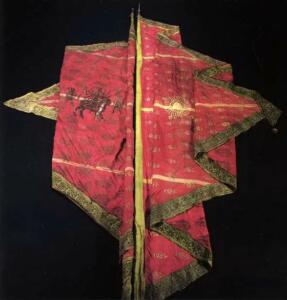
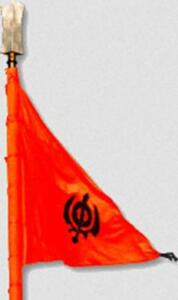
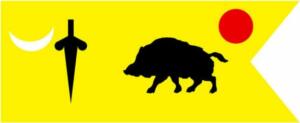
When the country was attacked by Islamic invaders carrying a “green flag”, to represent the common consciousness of Hindus, every Hindu ruler from Prithviraj Chauhan to Hemchandra Vikramaditya (Hemu) and Shivaji Maharaj to Maharana Pratap, used the Bhagwa Dhwaj and enlighten Hindus to stand against the common Islamic invaders. The Bhagwa Dhwaj assimilated the common fight of Hindus against the Islamic invaders and retained the common identity of civilization under a single bhagwa colour.
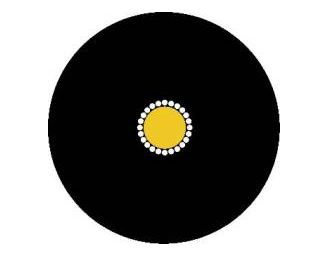
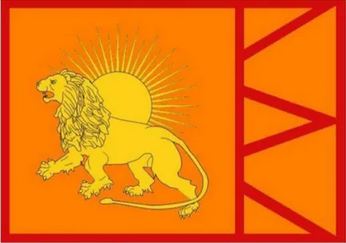
A nation’s state with Tiranga
Slowly when the power centre started to shift from Mughal to Maratha and Maratha to British imperialists, the colour of the flag also started to change, reflecting the divergence of rule. East India Company (EIC) and later the British used England’s official flag for India. But, when the struggle for independence and consciousness of nationalism started with the rooted cultural awakening, freedom fighters used various flags to unite the Indians.
The first common fight against the British was launched in 1905 in the form of the Swadeshi Movement, and this was the first time when a common flag for India was envisaged by Sister Nivedita. An Irish disciple of Swami Vivekananda envisaged a red flag with a yellow ‘Vajra’ insignia and ‘Vande Matram’ written in Bengali. The concept of Vajra was from lord Indra representing strength and Bhagwa representing bravery.
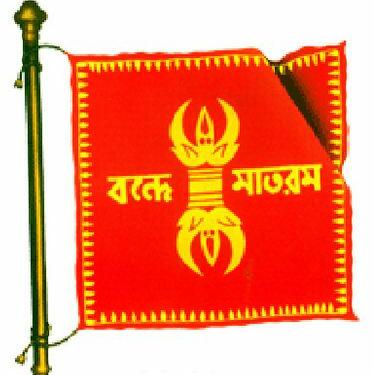
Later on, when the struggle intensified, the Tricolor representing blue in the first strip, yellow in the second, and red in the third strip was coined. Further, ‘Vande Matram’ was also inscribed in Hindi on a yellow strip. The red strip was also inscribed with star-moon and sun to represent Hindu-Muslim unity.
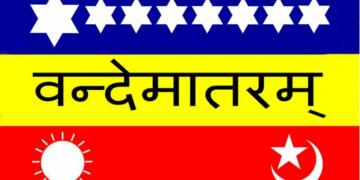
To represent the common dissent against the Bengal partition, another tricolour flag was designed by Sachindra Prasad Bose and Sukumar Mitra. The flag was divided into three strips, in the first green strip lotus was inscribed, in the middle yellow, Vande Matram was written in Hindu, and in the last red stripe, Sun and moon were inscribed.
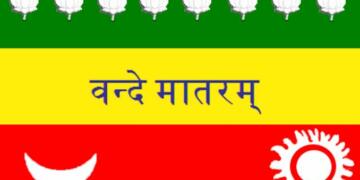
In 1907, the Bhagwa colour was presented in the tricolour for the first time. The flag was unfurled in Stuttgart, Germany by Madame Cama. It was collectively designed by Vinayak Damodar Savarkar, Bhikaji Cama, and Shyamji Krishna Varma.
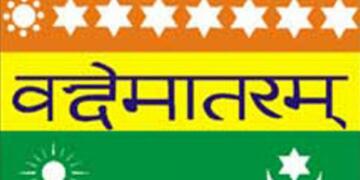
Later on for the formal freedom struggle in Non-Cooperation, Civil Disobedience, and Quit India Movement, a tricolour with Bhagwa at the top, white in the middle, and green in the lower strip was designed by Pingali Venkayya. Further, the spinning wheel (Charkha) representing swadeshi and Gandhi’s philosophy was also used in the middle strip.
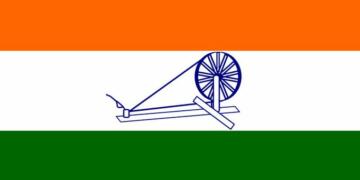
Finally, when India gained independence, a long debate in the constituent assembly started to formally recognize the flag of the Democratic Republic of India. As the country wholly fought under the tricolour of saffron, white and green, the colour combination was accepted by all. The Bhagwa (Saffron) represents a king’s self-control, worldly renunciation, and courage as a warrior. White in the middle represents peace and truth. And green in the lower strip was envisaged to represent the green earth, agriculture, and farmers.
The debate was mainly related to the insignia, whether the Charkha should be retained or the Ashoka Chakra should be inscribed in the tricolour. The civilisational and spiritual significance of Ashok Chakra was envisaged and finally, Ashoka Chakra with 24 blue spokes was inscribed in the original tricolour. Deeply rooted in the Hindu philosophy of dharma, the Ashoka Chakra was inscribed giving importance to the unending movement in the realization of truth and finally, the tricolour with Ashoka Chakra in the centre was formally inducted on 22 July 1947 as the National Flag of the democratic, secular and republic India.
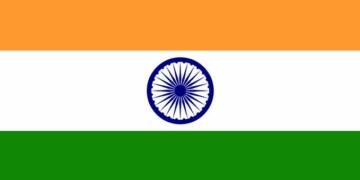
Representing the culture and civilization of the Bharatvarsha, Kesariya was finally adopted in the first strip of the tricolour and at last, the civilization character in the flag of the nation-state was accepted. Earlier, the Bhagwa Dhwaj representing the Hindu civilization was accepted in the secular state with equal space for ‘green’ in between the white. The symbolic representation and reasoning of colour acceptance in the flag were reflected on democratic principle and Kesariya was converted into the tricolour of the nation-state.
Also Read: Gondya Ala Re – 125 Years of Chapekar Brothers’ Supreme Will


























